Advertisement
Probing molecular mechanisms of AMD and glaucoma
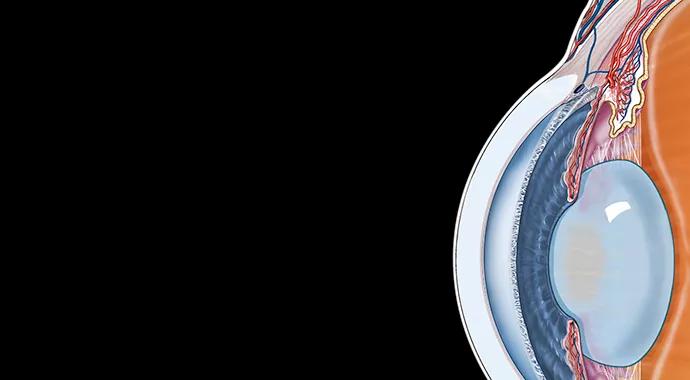
A Cleveland Clinic lab has found evidence to support the theory that age-related macular degeneration (AMD) is an inflammatory disease with varying ways to progress to advanced dry and wet AMD.
Advertisement
Cleveland Clinic is a non-profit academic medical center. Advertising on our site helps support our mission. We do not endorse non-Cleveland Clinic products or services. Policy

Focusing on proteomic studies to discover biomarkers and molecular mechanisms of AMD and glaucoma, John W. Crabb, PhD, and his colleagues found many proteins associated with the immune response and cellular defense. This supports the hypothesis that AMD is an inflammatory disease with different pathways of progression to advanced dry and wet AMD.
In addition, a 2014 study in the International Journal of Ophthalmologycompared protein patterns in the eyes of AMD patients versus healthy controls. The data identified 28 proteins of clinical relevance to AMD patients that are involved in a wide range of biological functions.
Recent glaucoma studies have quantified proteomic changes in human trabecular meshwork (TM) cellsinduced by transforming growth factor beta 2 (TGFβ2) and dexamethasone (DEX). Findings expanded the repertoire of proteins known to participate in TGFβ2– and glucocorticoid (GC)-signaling in the eye, demonstrated similarities in proteomic changes induced by steroids and TGFβ2, and identified glaucoma biomarker candidates.
Another focus entails analyses of aqueous humor (AH) from human primary open-angle glaucoma patients with specimens collected from clinicians at Cleveland Clinic’s Cole Eye Institute. These global quantitative proteomic studies of AH seek to identify biomarker candidates for glaucomatous damage to human TM in patients with ocular hypertension and primary open-angle glaucoma.
Dr. Crabb’s laboratory is also involved in a collaborative quantitative proteomic study of the optic nerve head, orbital optic nerve, retina and peripapillary sclera of Rhesus Macaques with laser-induced, unilateral, mild and high IOP early experimental glaucoma. To date, results have identified candidates for targeted quantitative proteomic analyses of blood-borne biomarkers. “We’ve seen significant changes in proteins and post-translational modifications of these proteins,” Dr. Crabb says, adding that this knowledge provides new insights into the molecular mechanisms of glaucoma.
Currently, clinicians are unable to predict which patients will have AMD or age-related glaucoma, or if it will progress to advanced disease. Genomic markers alone are insufficient as many individuals who carry AMD risk genotypes never develop impaired vision. However, a combination of genomic and proteomic molecular markers could help clinicians prevent or slow severe visual loss.
Advertisement
Effective biomarkers in blood have yet to be discovered for AMD and glaucoma. “My approach,” Dr. Crabb says, “has been to pursue proteomic analyses of the ocular tissues that are involved in AMD and glaucoma. The proteins that are significantly changed in the eye tissues are the ones we target for analysis in the blood. Disease-related post-translational modifications of ocular proteins can cause self-proteins to become immunogenic. Identification of these disease-related modifications gives us insight to possible autoantibody biomarkers in the blood and to possible immunological disease mechanisms.”
The research goals of Dr. Crabb’s laboratory are to develop methods that help clinicians identify who is susceptible to progression in age-related ocular disease, and that helps them assess the effectiveness of therapeutics. “Ultimately, I would like to see clinical procedures that utilize the biomarkers we discover, verify and validate.” But the ultimate objective, he says, is to improve patient management and optimize treatments.
Advertisement
Advertisement
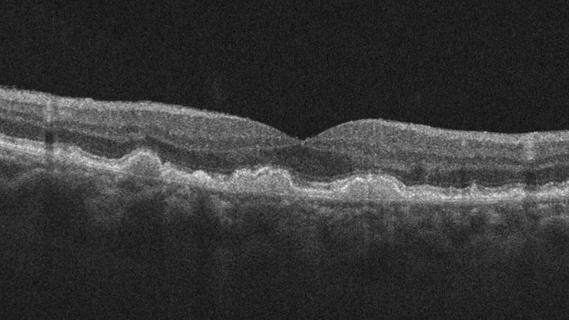
Early data show risk is 73% higher in patients with lupus, 40% higher in patients with rheumatoid arthritis

Identifies weak spots in the cornea before shape change occurs

Researchers to study retinal regeneration in zebrafish with new grant from National Eye Institute

30% of references generated by ChatGPT don’t exist, according to one study
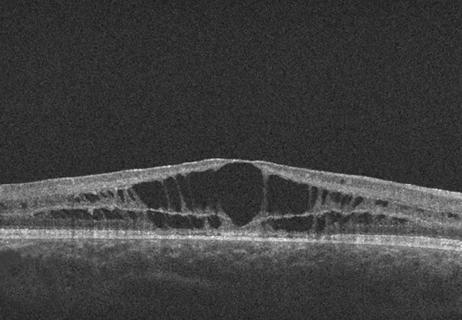
Study followed patients an average of eight years
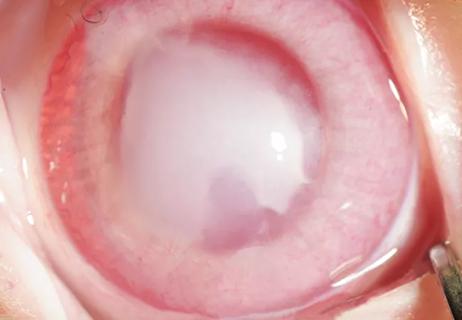
Studies indicate dramatic results when used topically with or without corticosteroids

53% of participants didn’t need anti-VEGF for six months or longer
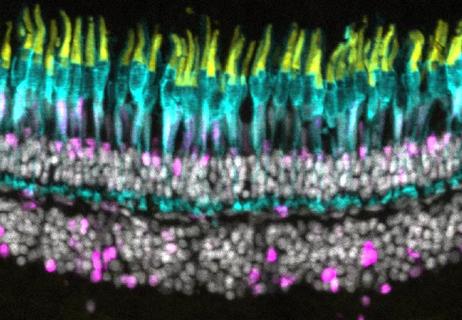
Notch pathway inhibition preserves retinal neurons and promotes regrowth in zebrafish